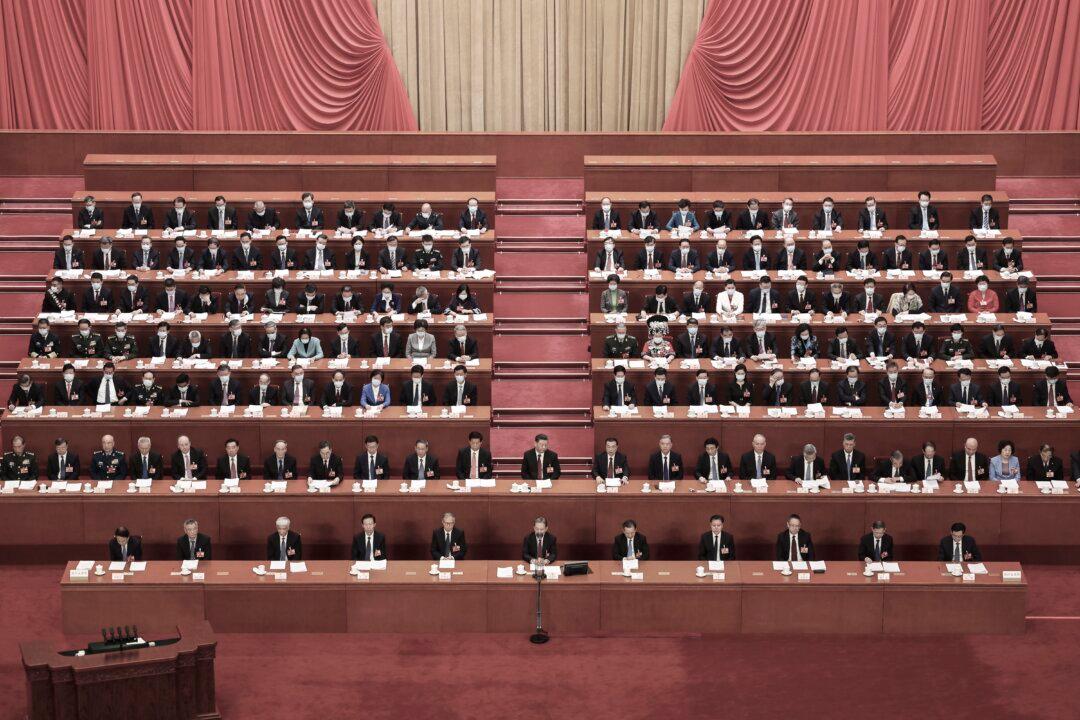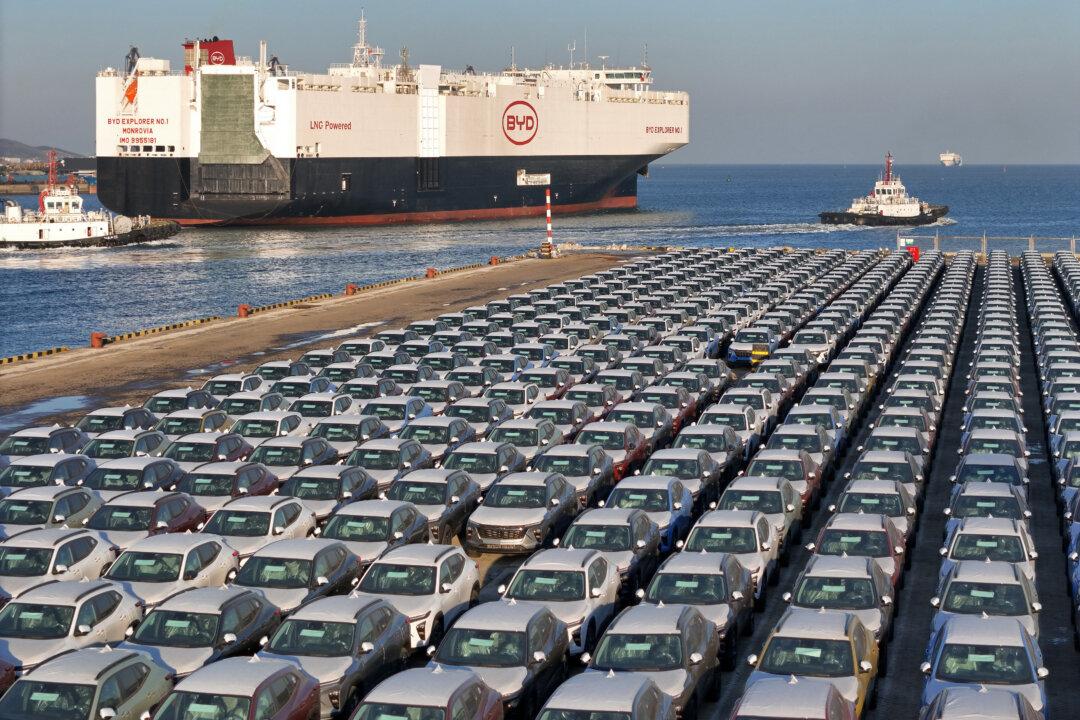Burma, also known as Myanmar, has overtaken Afghanistan to become the largest producer of opium in the world. This is the legacy of the Communist Party of Burma (CPB) learning from the Chinese Communist Party’s (CCP) experience of “feeding the army by producing drugs.” During the Sino-Japan war, the CCP, through the cultivation and sale of opium, poisoned its own people to save itself.
The United Nations Office on Drugs and Crime reported on Dec. 12 that Burma has surpassed Afghanistan to become the world’s largest producer of opium following the Taliban’s declaration that opium cultivation and drug production are illegal.
Opium production in Burma surged by 36 percent this year, reaching 1,080 tons, the highest level since 2001.
Between 2014 and 2020, Burma saw a decline in opium cultivation, but since the military overthrew the elected government in February 2021, the cultivation area has increased by 33 percent.
Currently, the opium cultivation area in the Southeast Asian country is 47,000 hectares (about 116,140 acres), an 18 percent increase from last year. The largest expansions in cultivation are in the northern Shan State border area, followed by Chin State and Kachin State.
The opium is then refined into heroin, most of which would flow into China, supplying millions of addicts there. According to a 2014 report by the United Nations Office on Drugs and Crime, there are over 3.3 million opium users across Asia, mainly concentrated in China.
In China, the number of registered opium users is estimated to be 1.9 million. This is followed by Vietnam, Myanmar, Malaysia, Indonesia, and Thailand.
All this is the bitter result of the CPB following the CCP’s lead and adopting the strategy 50 years ago of “feeding the army by producing drugs.”
The CPB was founded in August 1939. After the independence of Burma, it persisted in opposing the Ngurah Rai government, and in August 1948, the Ngurah Rai government launched a full-scale offensive against the CPB. In 1960, the CPB lost its base in central Burma and turned to Beijing for help. A group of CPB leaders went to China to learn communist theories and the CCP also secretly trained a group of CPB generals.
With the help of the CCP, the CPB re-established its bases in northeastern Burma, including Wa, Kachin, and Kokang.
Learning From the CCP’s Approach of ‘Opium Revenue’
The extensive military and administrative infrastructure required substantial financial resources. However, due to the poverty of the Burmese people and the difficulty in collecting taxes, funding became a major headache for the central leadership and the military of the CPB. It was at this time that the CPB recalled a method that had been a lifeline for the CCP in its dire circumstances.During the Japanese invasion of China in the 1940s, the CCP huddled in Yan‘an to preserve its strength. Initially, the officers and soldiers in Yan’an led a difficult life, and Mao Zedong described it as “no clothes to wear, no oil to eat, no paper, and no food.” Mao Zedong himself then authorized the “operation of local specialty products,” with the term “local specialty products” alluding to opium.
Drug Production and Trafficking
The CPB, facing a difficult situation, followed the example the CCP set before them.The first to engage in drug trafficking was the Northeast Military Region. On May 1, 1976, the Northeast Military Region formed a “Special Cargo Trade Group”—special cargo referred to opium, directly overseen by the region’s Finance Minister, Wu Juemin.
With the vigorous efforts of this “opium group,” poppy cultivation and opium production rapidly developed in the northern area of Shan State in Burma. The procurement and transportation of opium, along with opium tax revenue, became the main source of financial income for the Northeast Military Region.
The Northeast Military Region also hired technicians to set up processing plants, converting raw opium into refined opium, which is much smaller and lighter, reducing transportation costs. By 1979, the number of opium processing plants in the territory under the Northeast Military Region increased rapidly. The region reaped substantial profits from the production and sale of drugs, becoming the first among the CPB’s military regions to get rich.
In August 1980, the CPB Central Committee decided to take control of the Northeast Military Region’s “opium group,” centralizing it and establishing a new opium operation called “819.” They set up processing plants in various locations for large-scale production of refined opium, greatly boosting drug production in Northern Burma. The refined opium was further processed into heroin and sold worldwide. Very soon, the CPB’s territory became one of the significant drug kingdoms in the “Golden Triangle” area.
On April 17, 1989, the Wa State Army staged a coup, seizing leadership from the CPB Central Committee and also inheriting the CPB’s drug trafficking legacy. The Wa-controlled regions quickly became the largest heroin production and sales area in the country.
From 1996 to 1999, the poppy cultivation area in Wa State was about 1.1 million acres, producing over 1,000 tons of opium, accounting for about 60 percent of the “Golden Triangle” area’s poppy cultivation area and output. Nearly all of this opium was processed into heroin.
Ten pounds of opium can be refined into one pound of heroin, so the annual heroin production in Wa State was about 100 tons.
These drugs entered China through the Sino-Burmese border in Yunnan Province. In 2014, more than 90 percent of the heroin and methamphetamine seized in China came from the “Golden Triangle” area; some of these drugs also flowed through Hong Kong to European and American streets, including Amsterdam and New York.






